Indian Cartoon
- caricature /
- Indian Cartoon
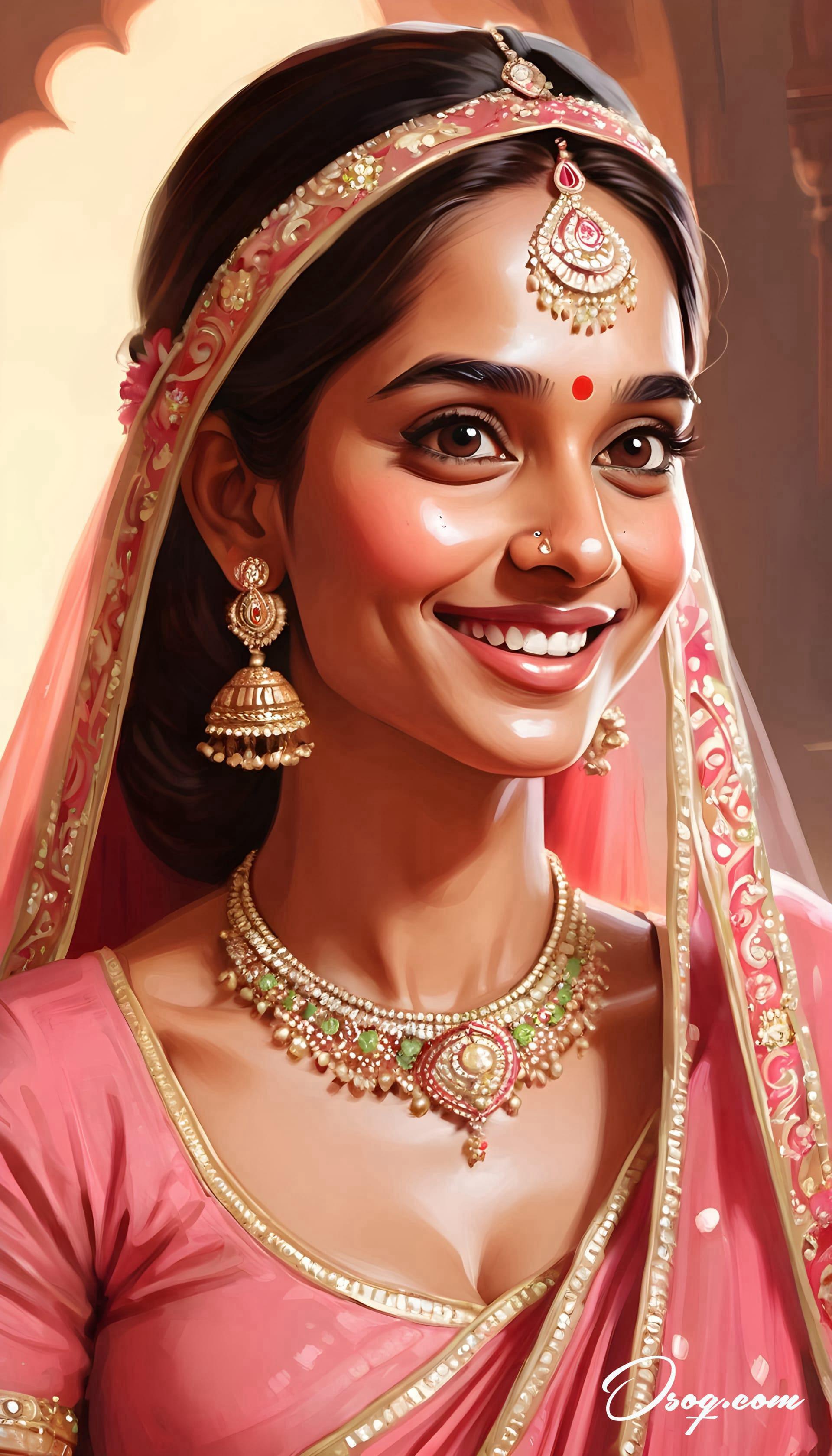
India's rich tapestry of culture and history provides a vibrant backdrop for Indian cartoons, often reflecting the nation's diverse societal norms and politics through wit and satire.
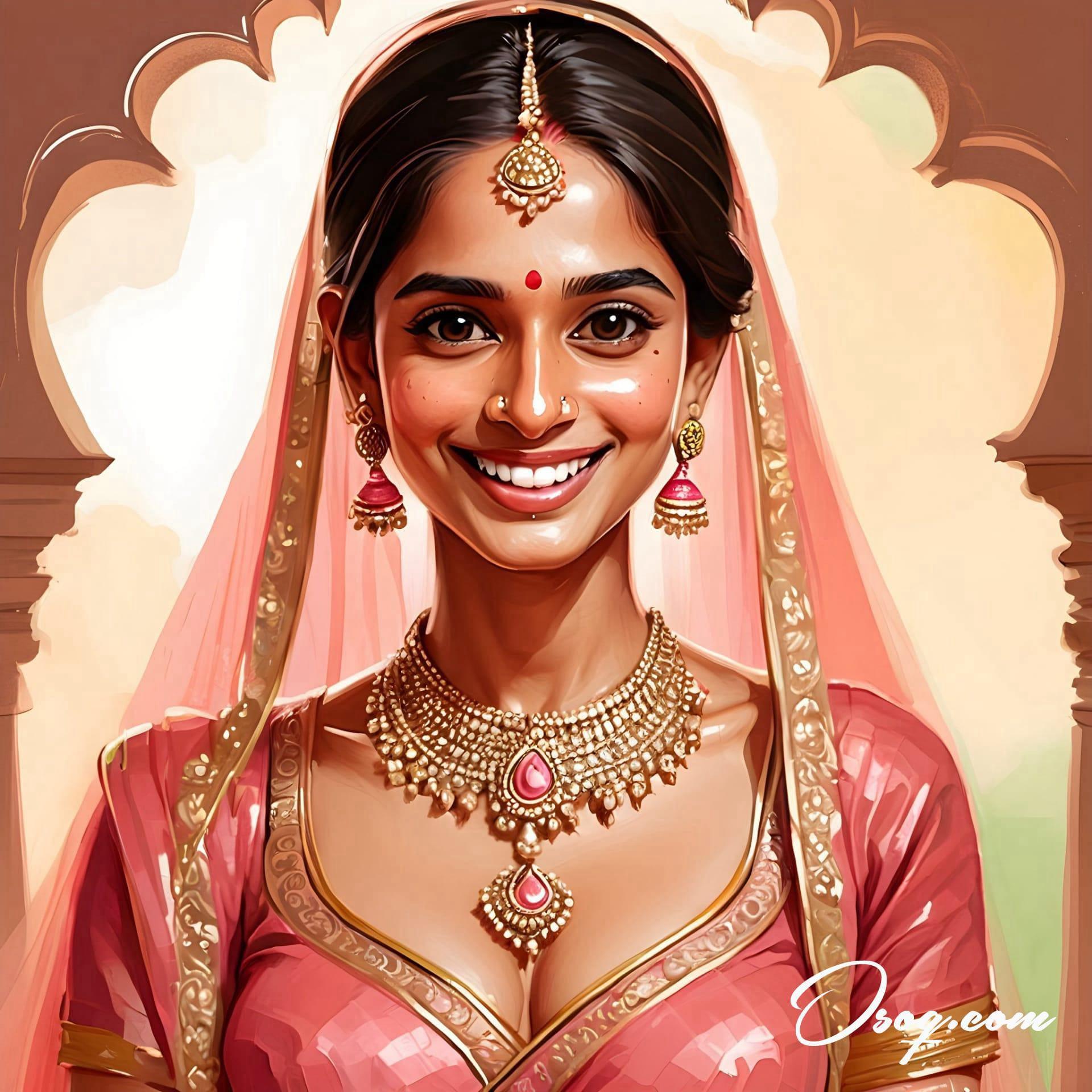
The tradition of Indian cartooning can be traced back to ancient times, where caricatures and illustrations were found on pottery, walls, and scriptures, though the modern form emerged in the early 20th century.
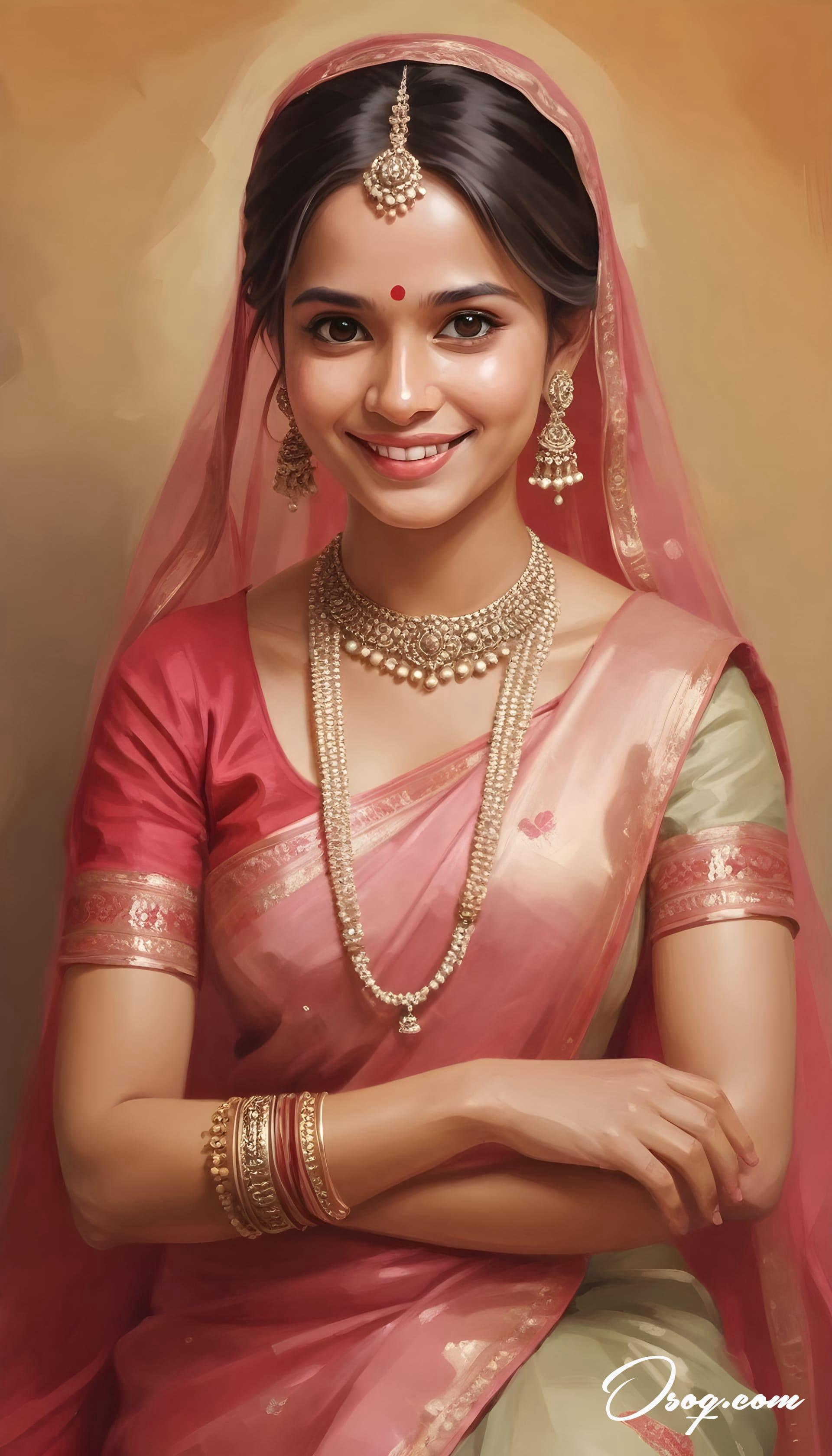
One of the most celebrated Indian cartoonists, R.K. Laxman, created the iconic 'Common Man' character, representing the average Indian and commenting on societal issues with a humorous twist.
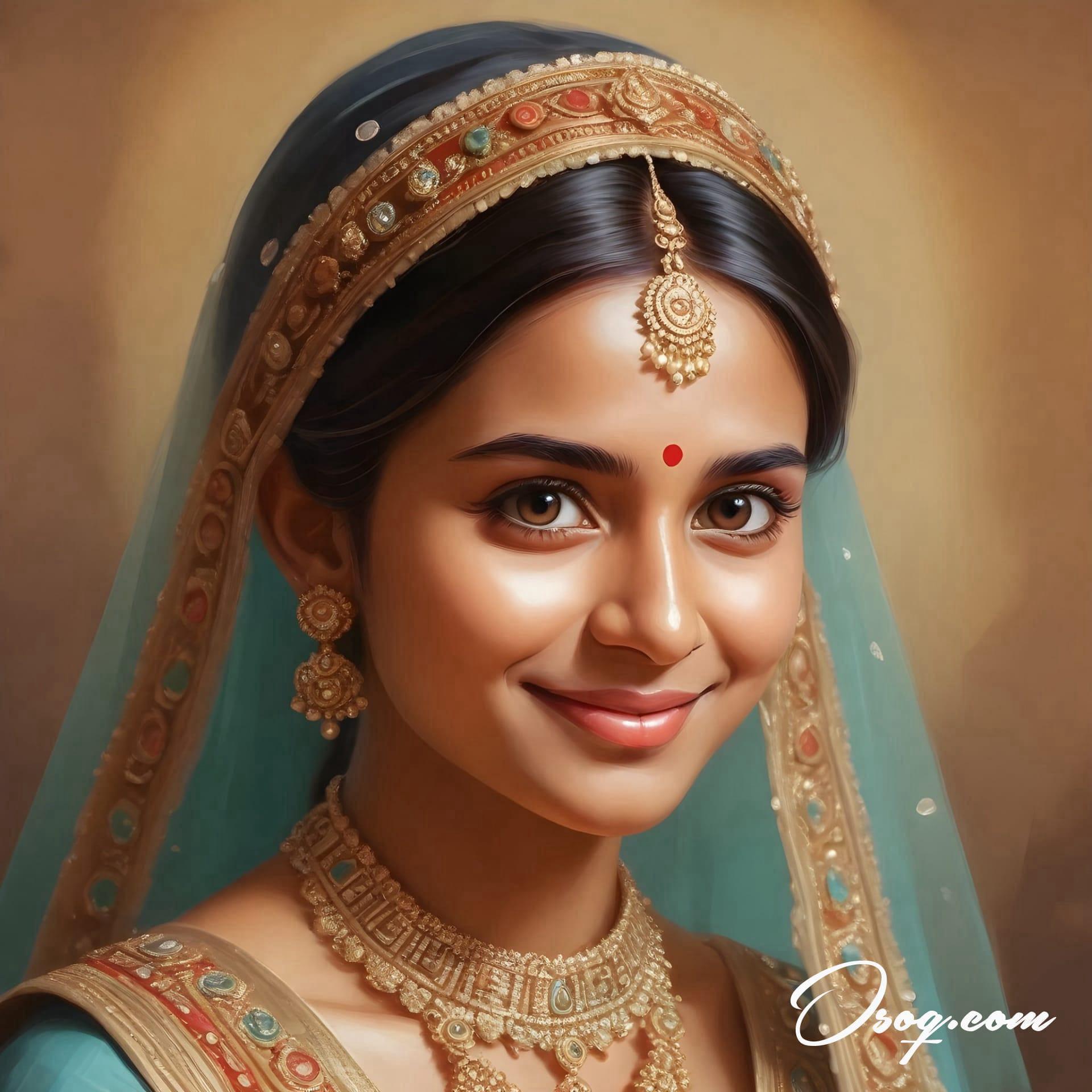
Cartoons in India don't just appear in newspapers and magazines; they have made their way into animation, online platforms, and even educational materials to discuss and teach various subjects.
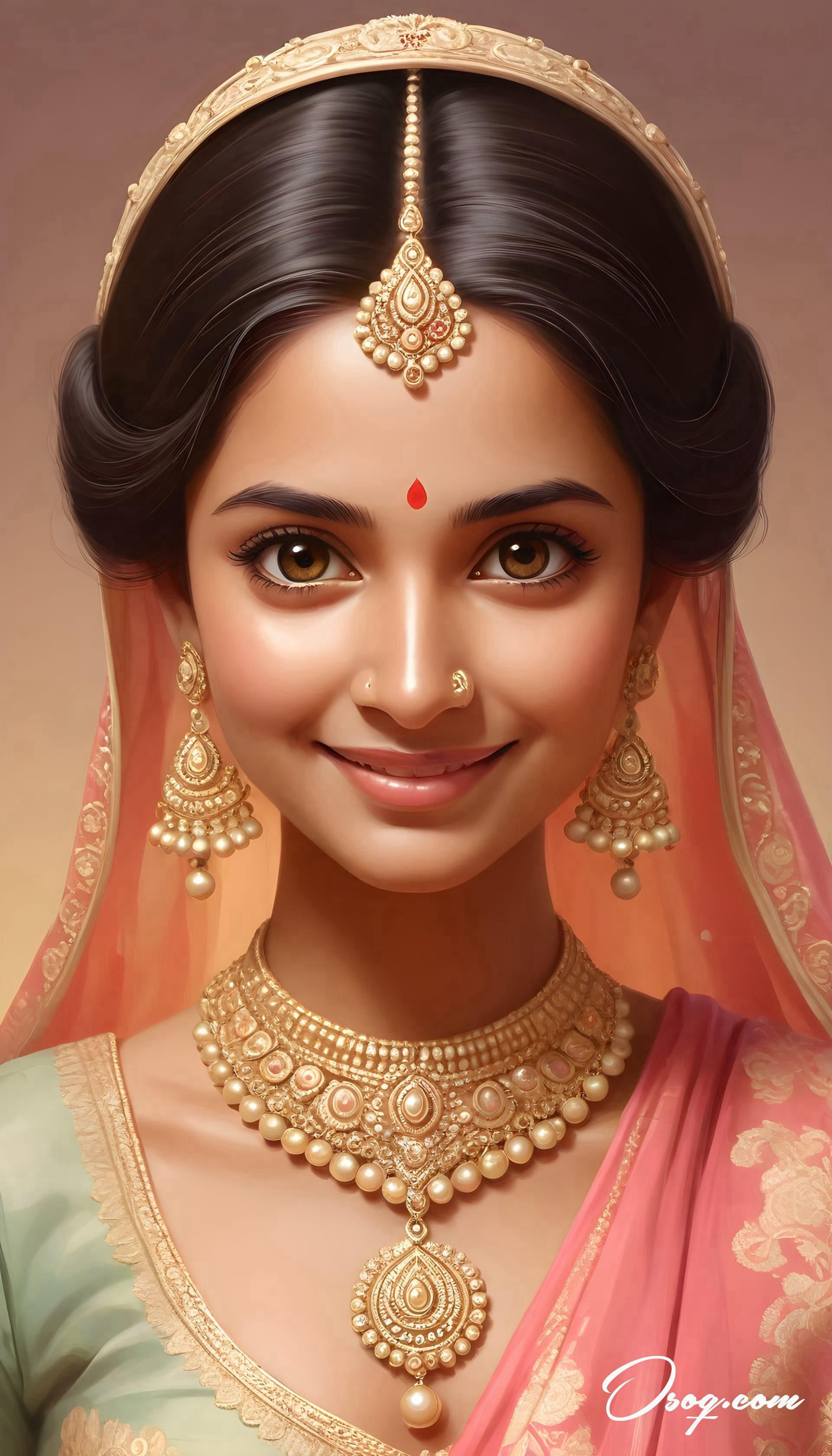
Festivals and regional traditions often find their way into the themes of Indian cartoons, showcasing the country's diverse celebrations and practices through engaging narratives.
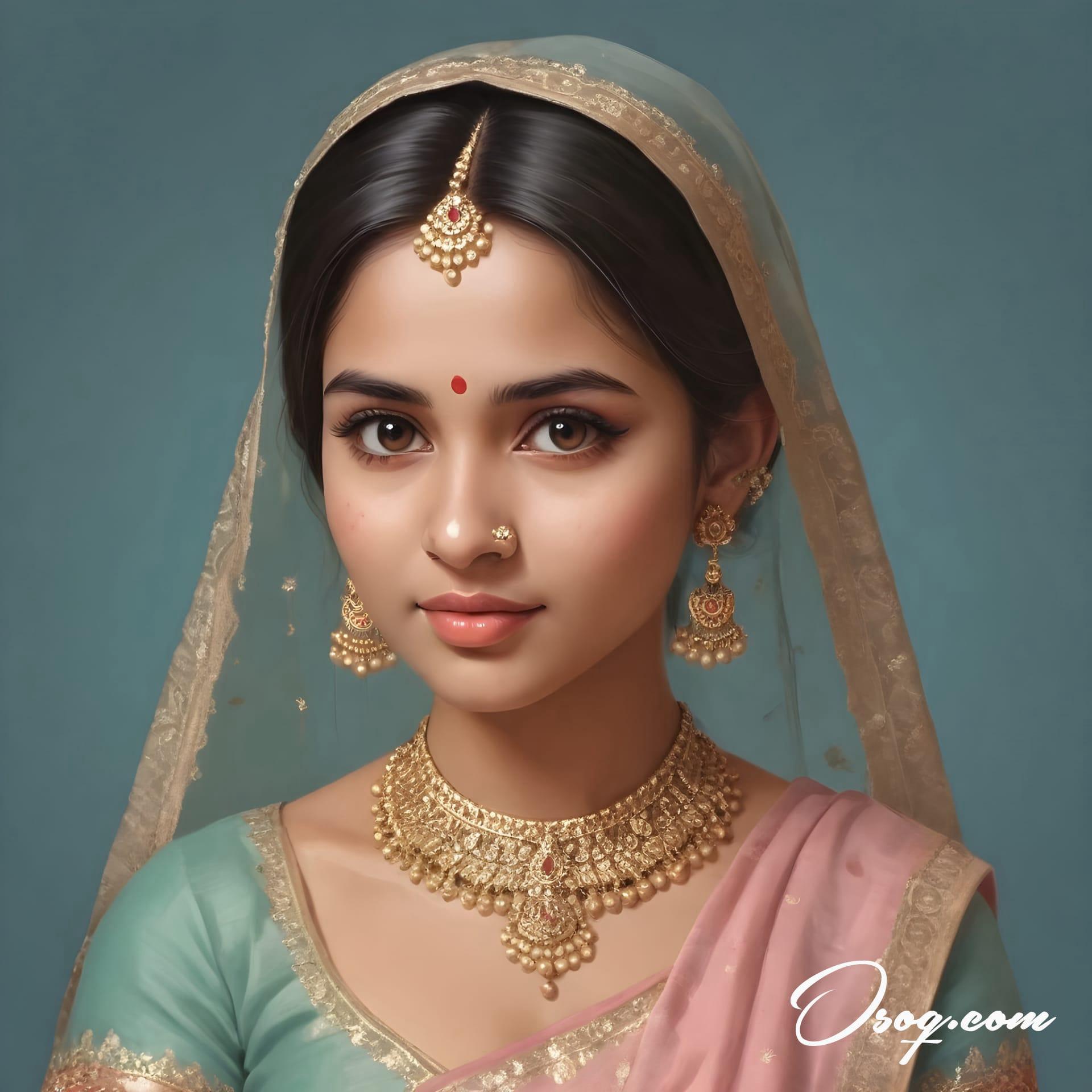
Language plays a significant role in Indian cartoons, with works produced in multiple languages reflecting the linguistic diversity of the country.
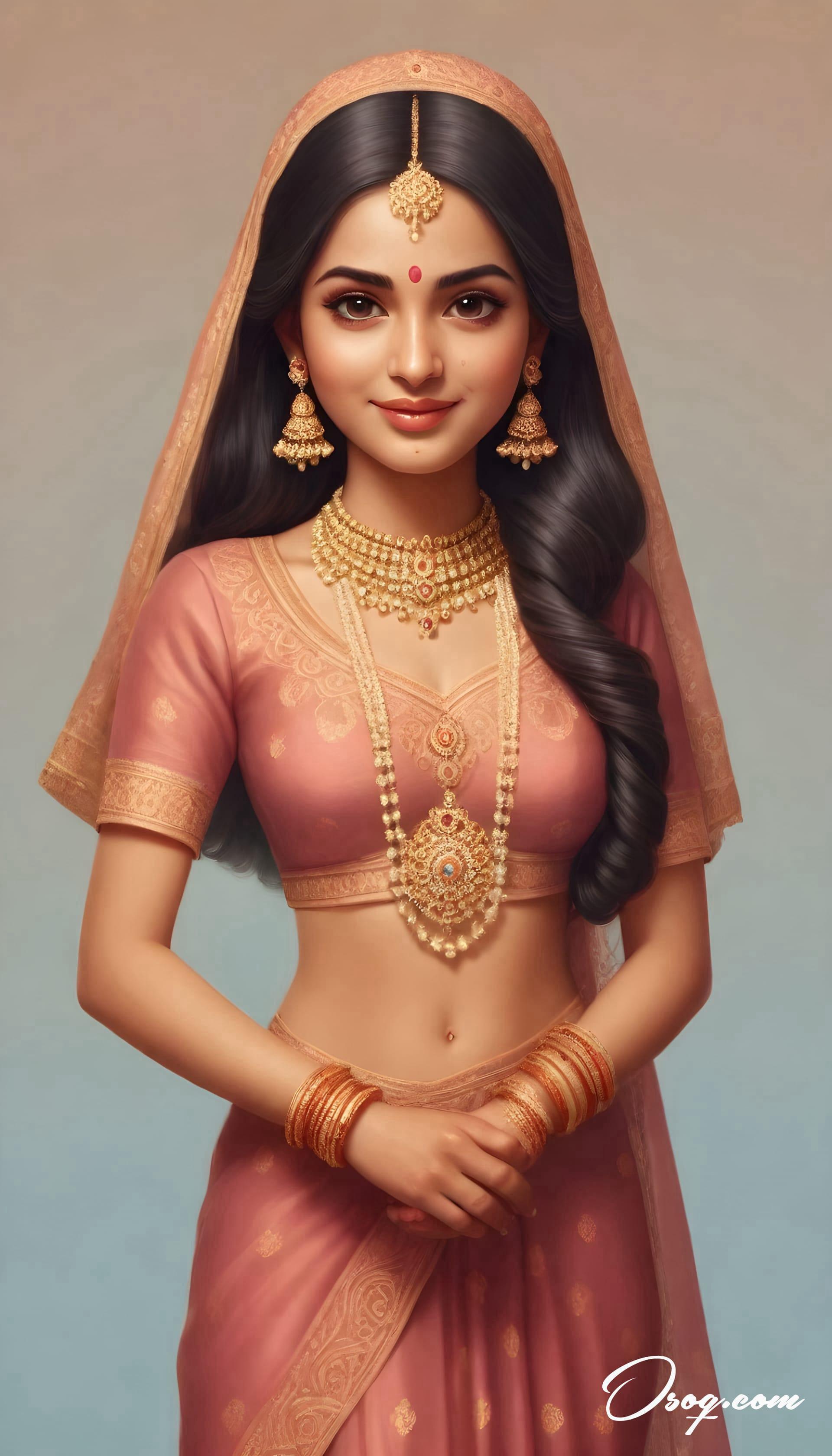
Satirical and political cartoons have a storied history in India, often used as tools for social commentary, political critique, and public discourse.
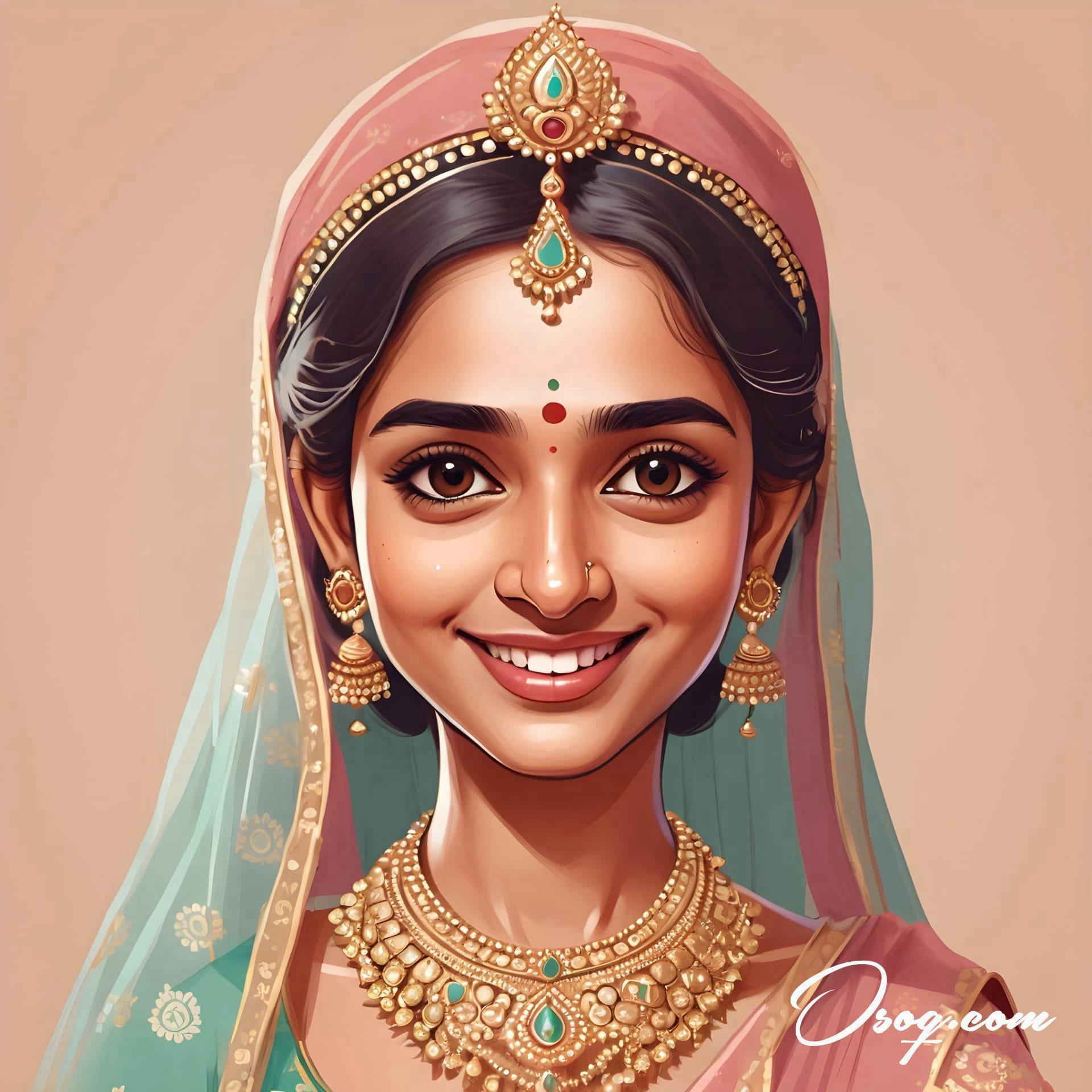
The advent of the internet and digital platforms has given Indian cartoons a global audience, allowing artists to share their work with viewers around the world.
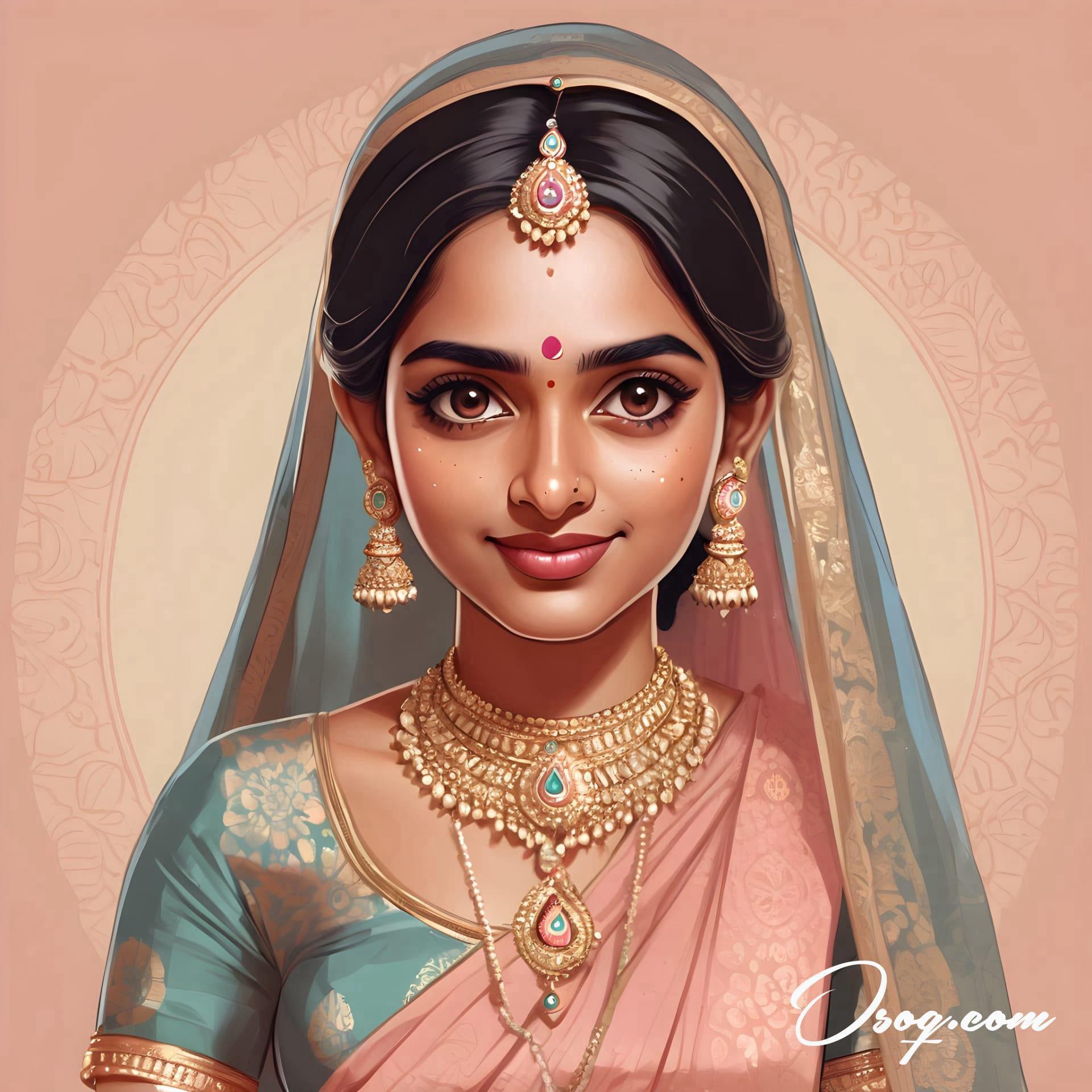
Indian cartoonists frequently draw inspiration from Bollywood, incorporating popular culture and cinematic references into their works.
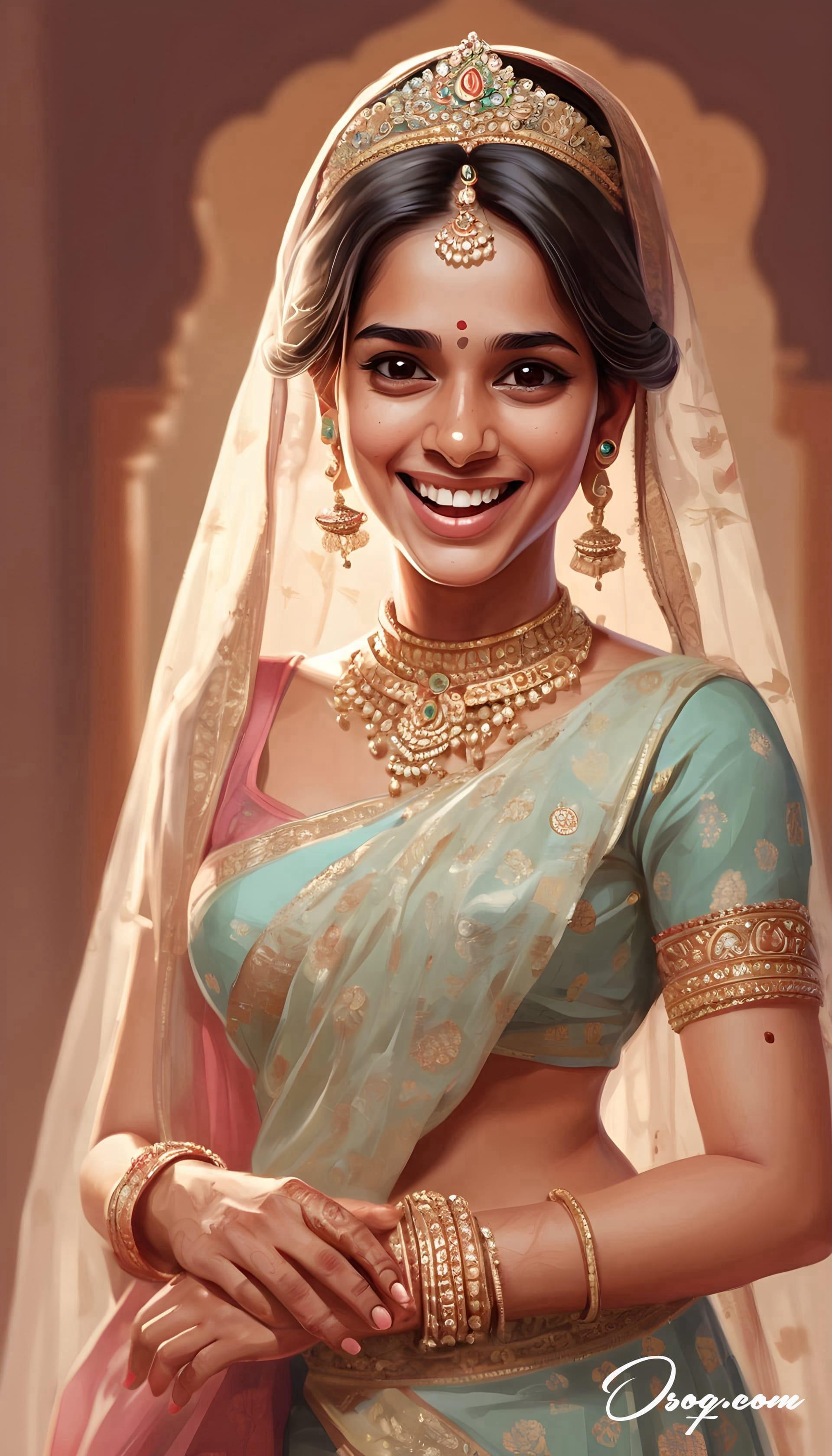
Environmental issues also feature prominently in Indian cartoons, highlighting concerns like pollution, deforestation, and climate change in a way that's accessible and engaging.
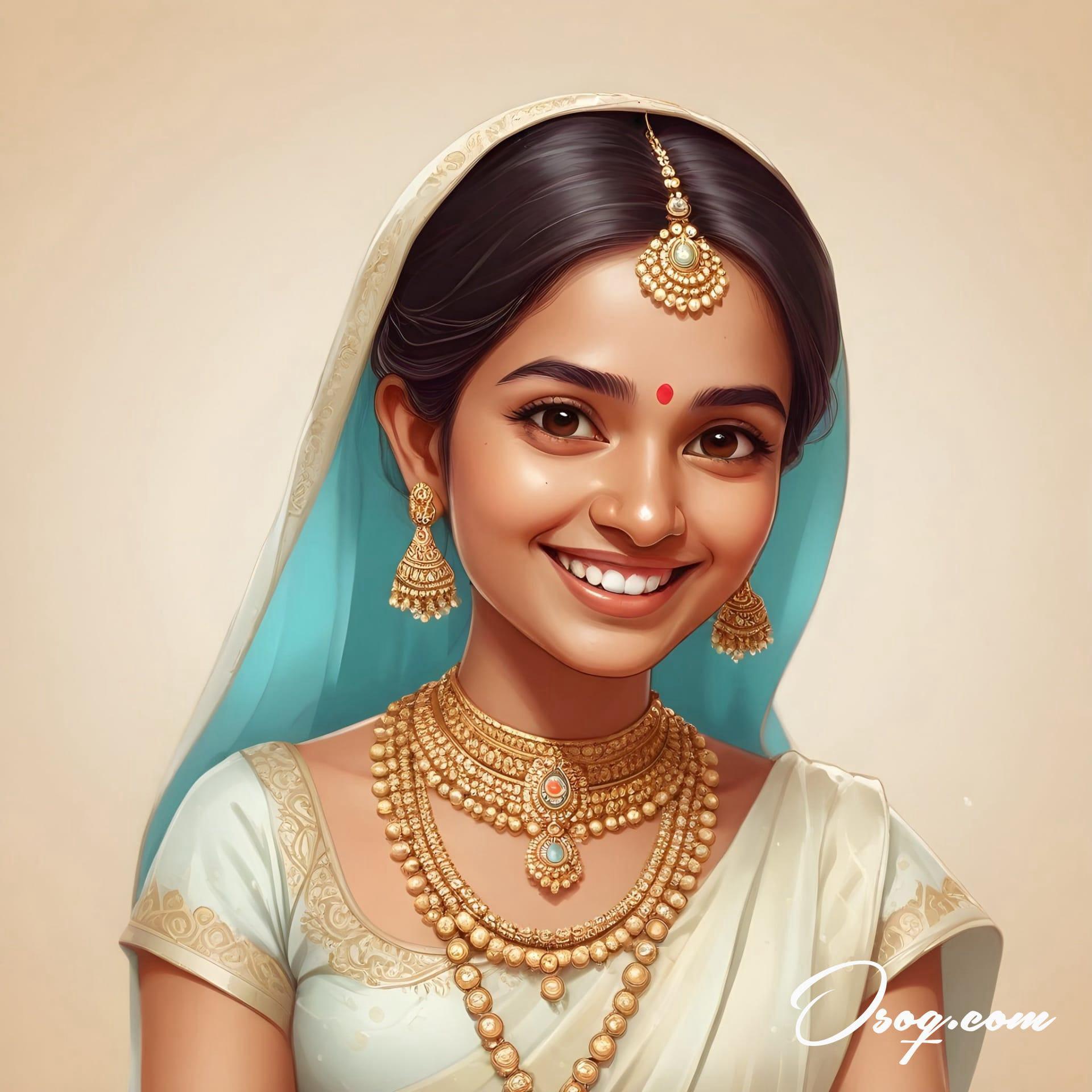
Indian cartoons often celebrate national heroes and historical figures, bringing their stories to life for new generations in a relatable format.
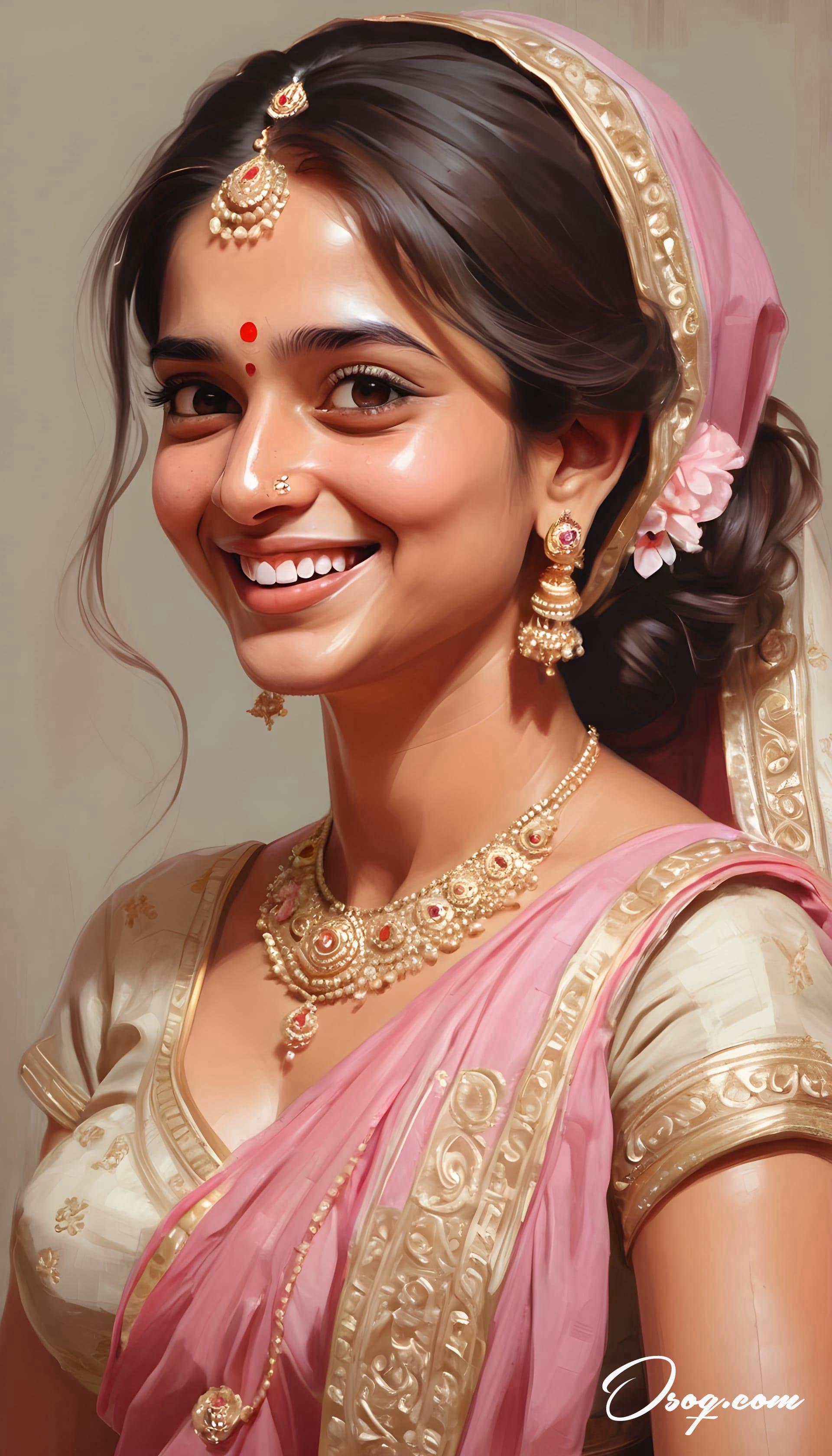
Technology and modernization are common themes, with cartoons reflecting on how these changes impact daily life and traditions in India.
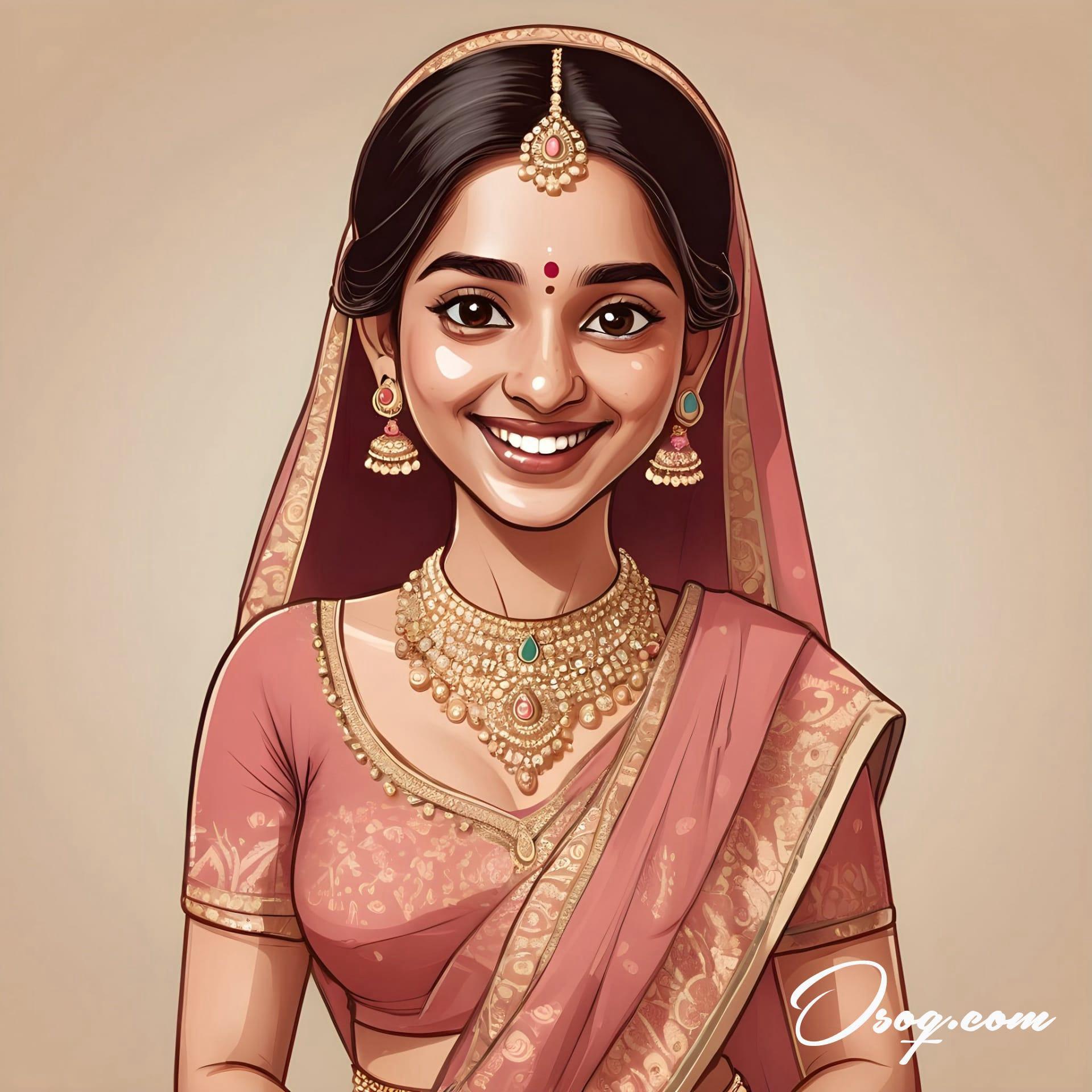
The use of animals in Indian cartoons is notable, with characters like the elephant, tiger, and monkey often symbolizing various aspects of Indian life and culture.
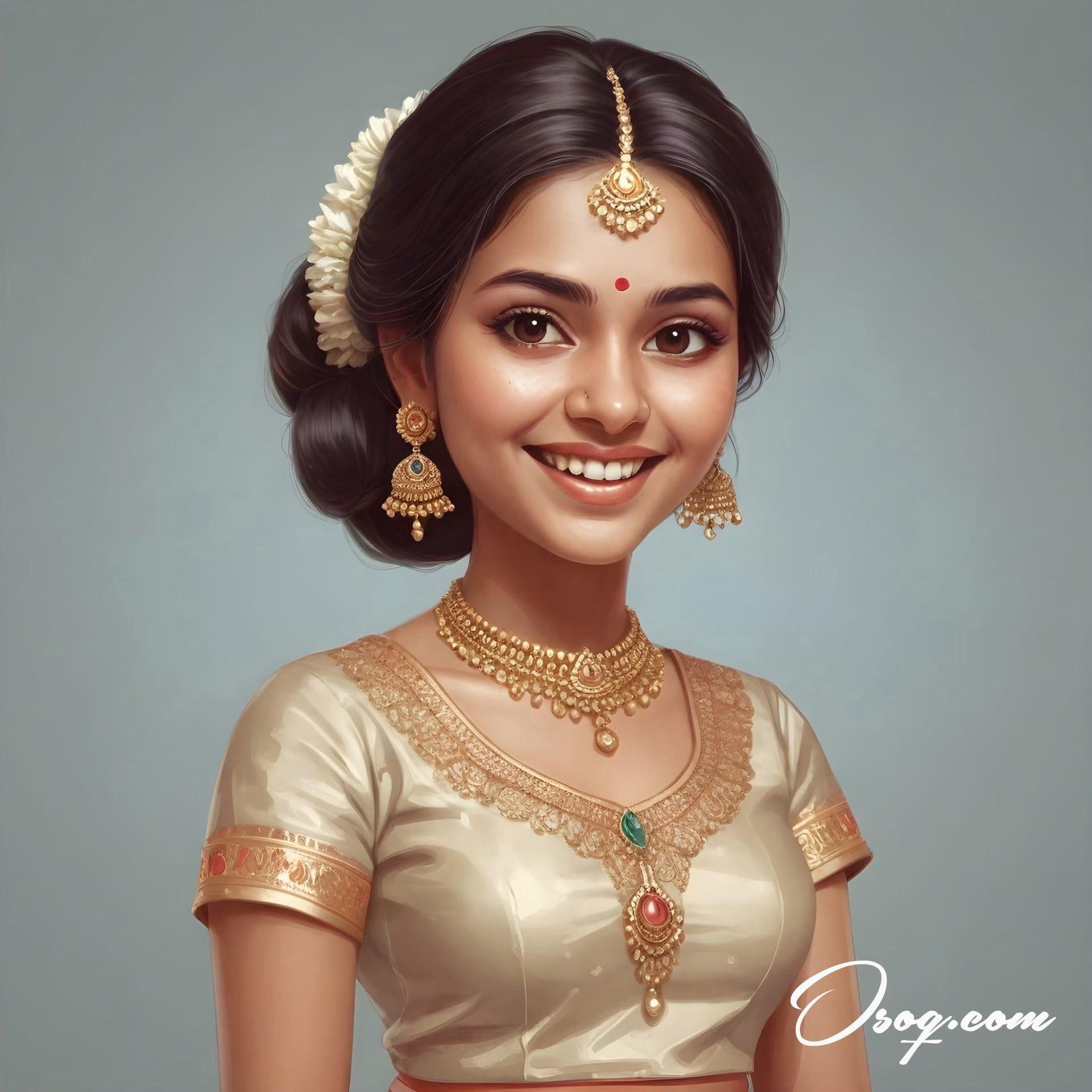
Indian cartoon festivals and competitions are popular, fostering a community of artists and enthusiasts who celebrate and critique the medium.
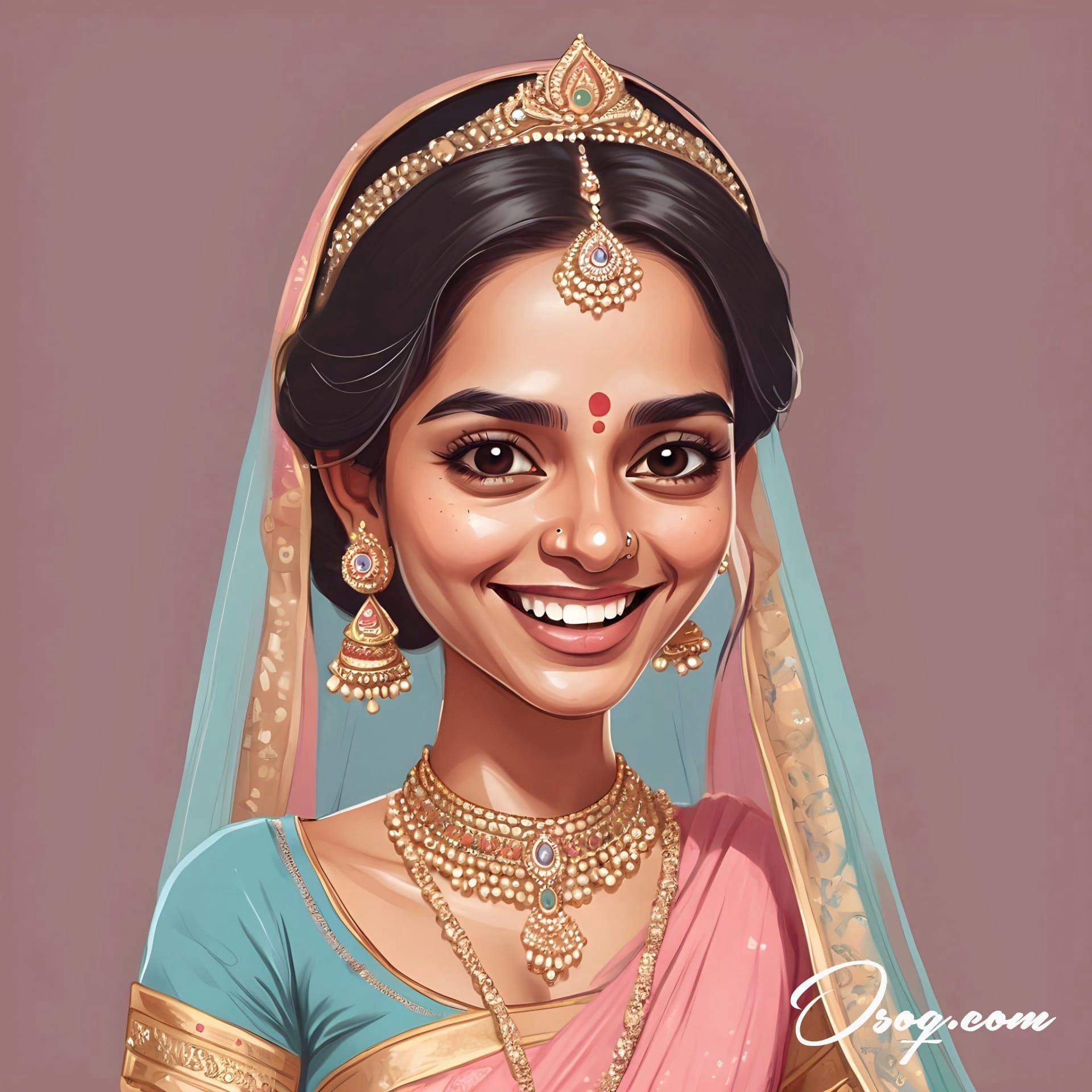
Education and social awareness campaigns in India have leveraged cartoons to convey important messages in an engaging and straightforward manner.

The humor in Indian cartoons often includes a mix of slapstick, wit, and irony, catering to a broad audience with varying tastes.
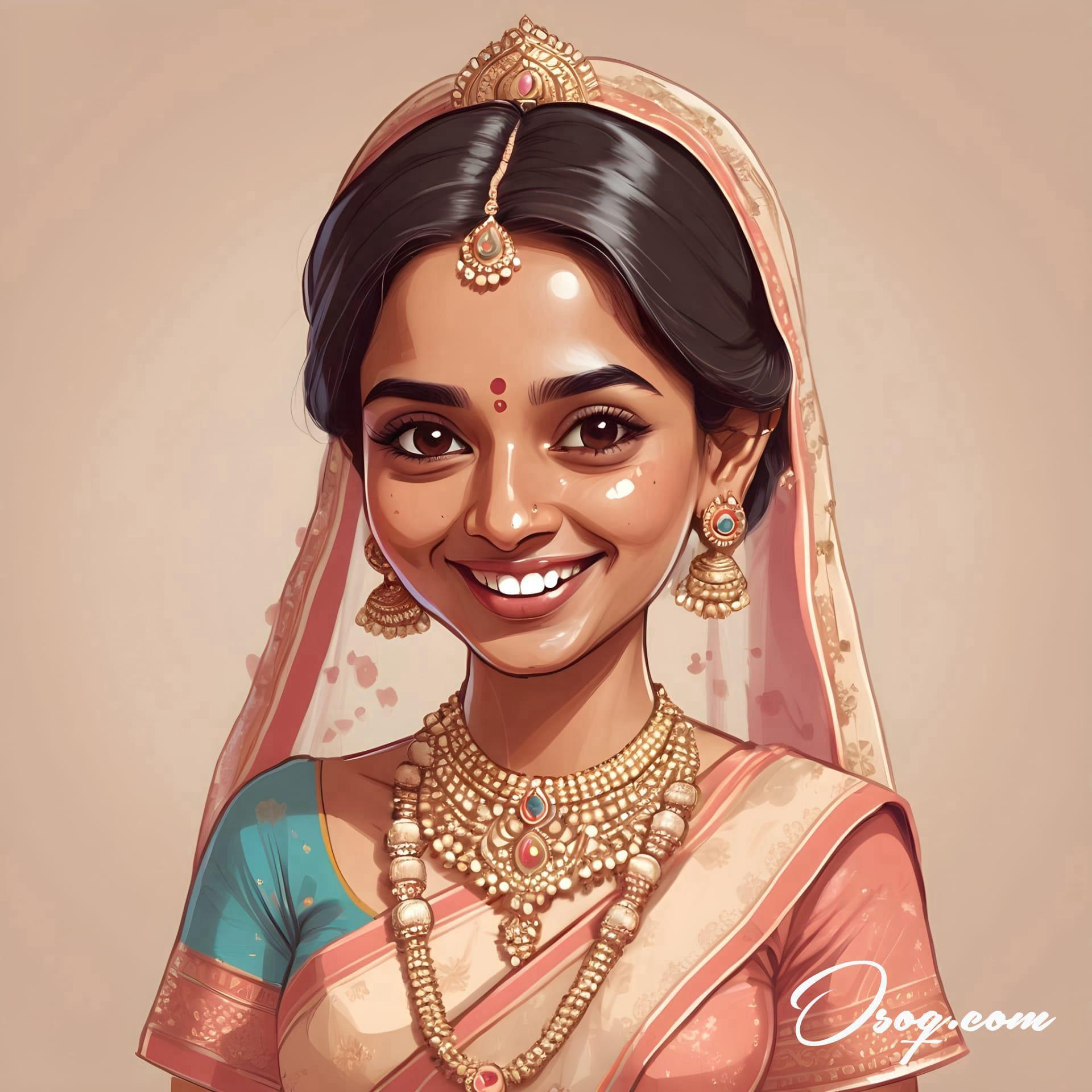
Cross-cultural influences are evident in Indian cartoons, with artists incorporating elements from around the world into their distinctly Indian narratives.
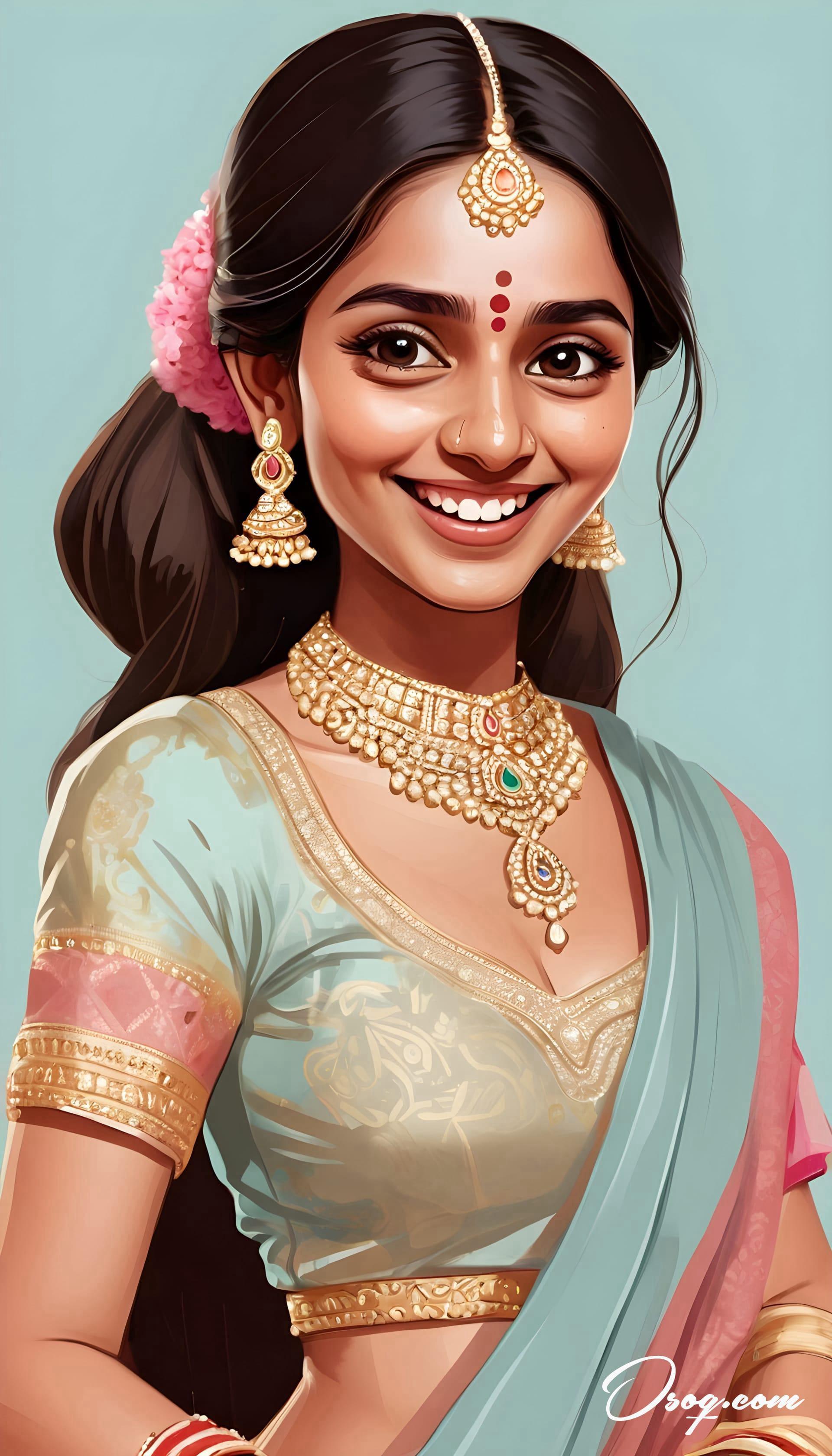
Women cartoonists in India are making significant contributions to the field, offering fresh perspectives and challenging traditional norms through their work.
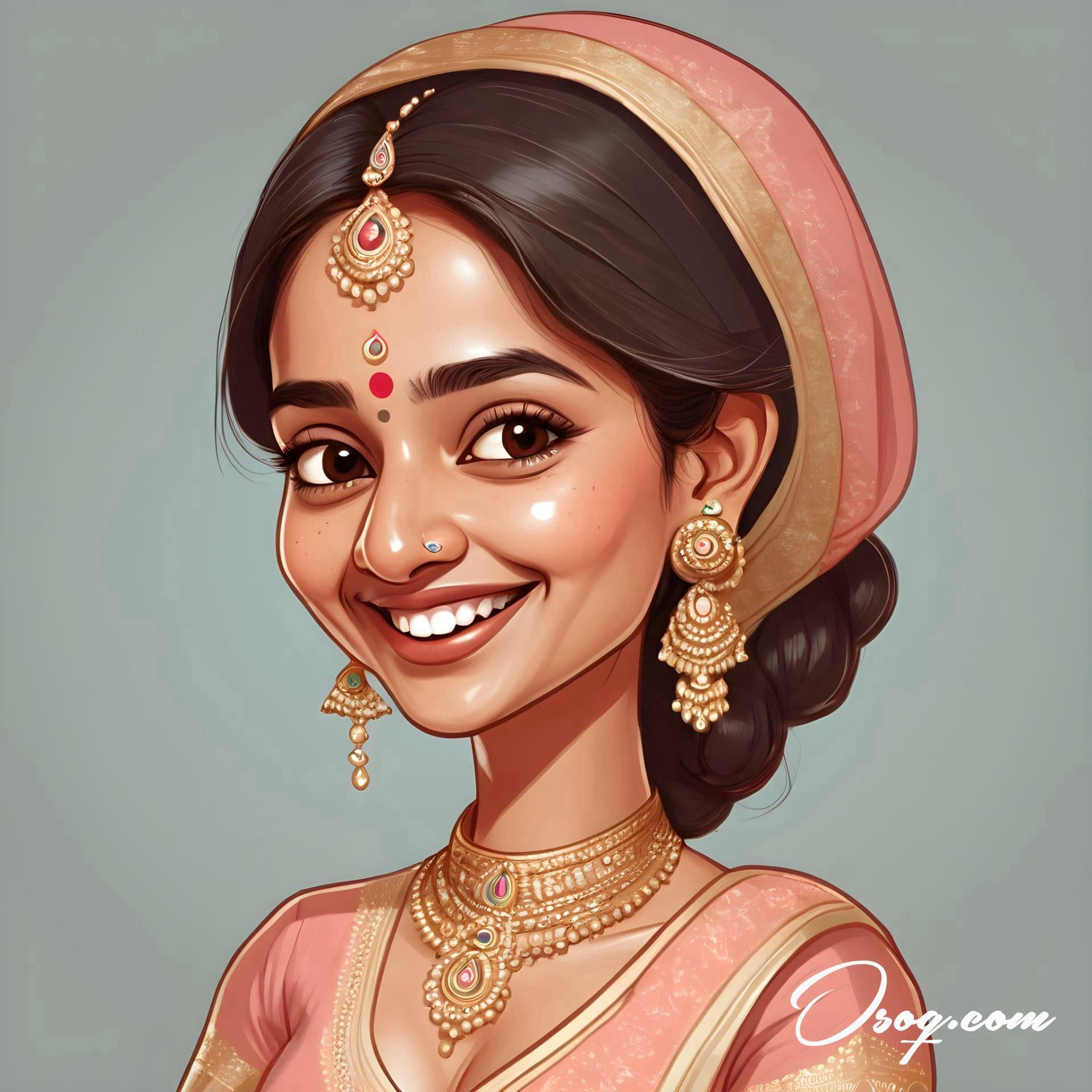
The digital age has seen a surge in webcomics and online Indian cartoon series, which experiment with new styles, themes, and storytelling techniques.
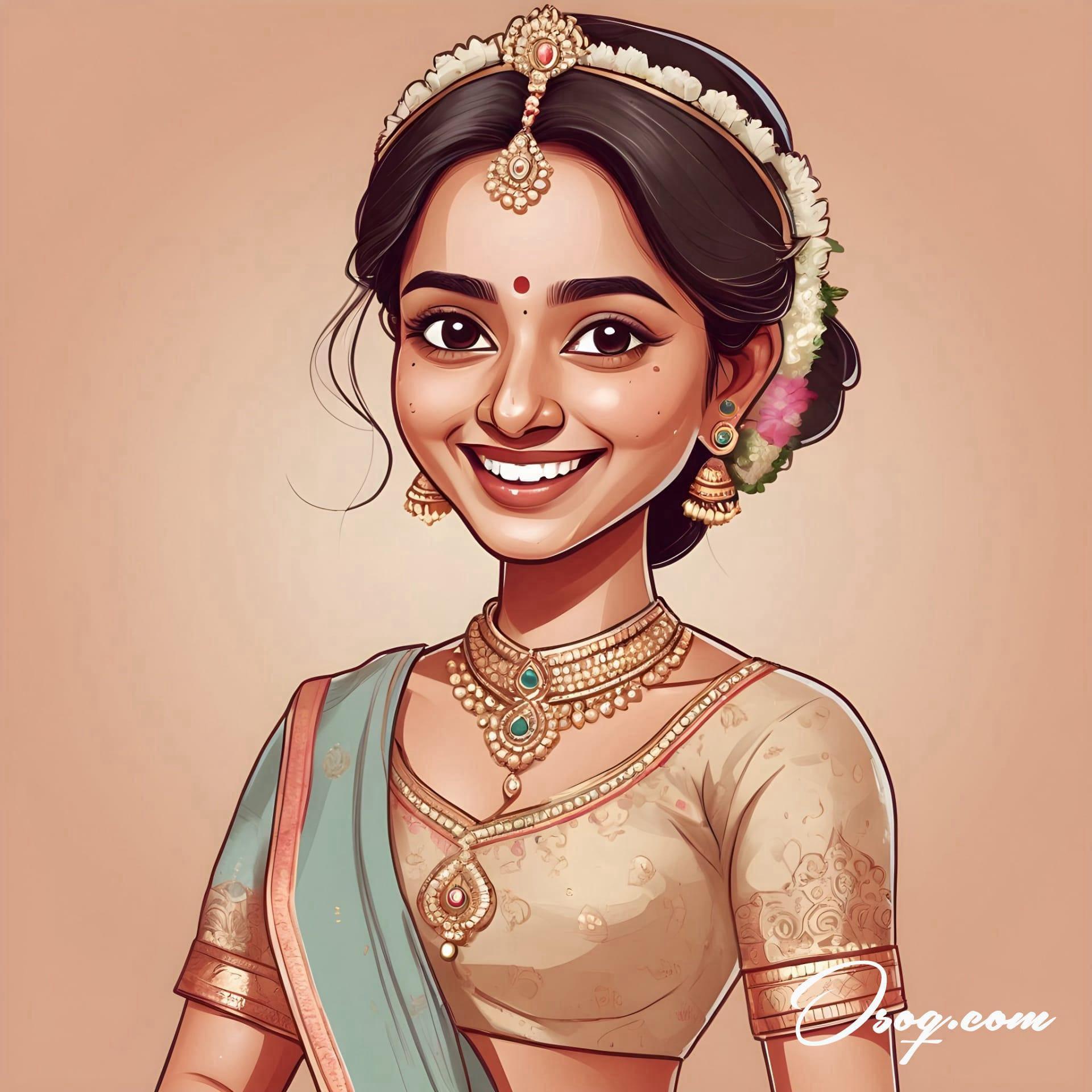
Through their ability to entertain, inform, and provoke thought, Indian cartoons continue to be an integral part of the country's cultural landscape, reflecting its complexities and diversities in creative and impactful ways.